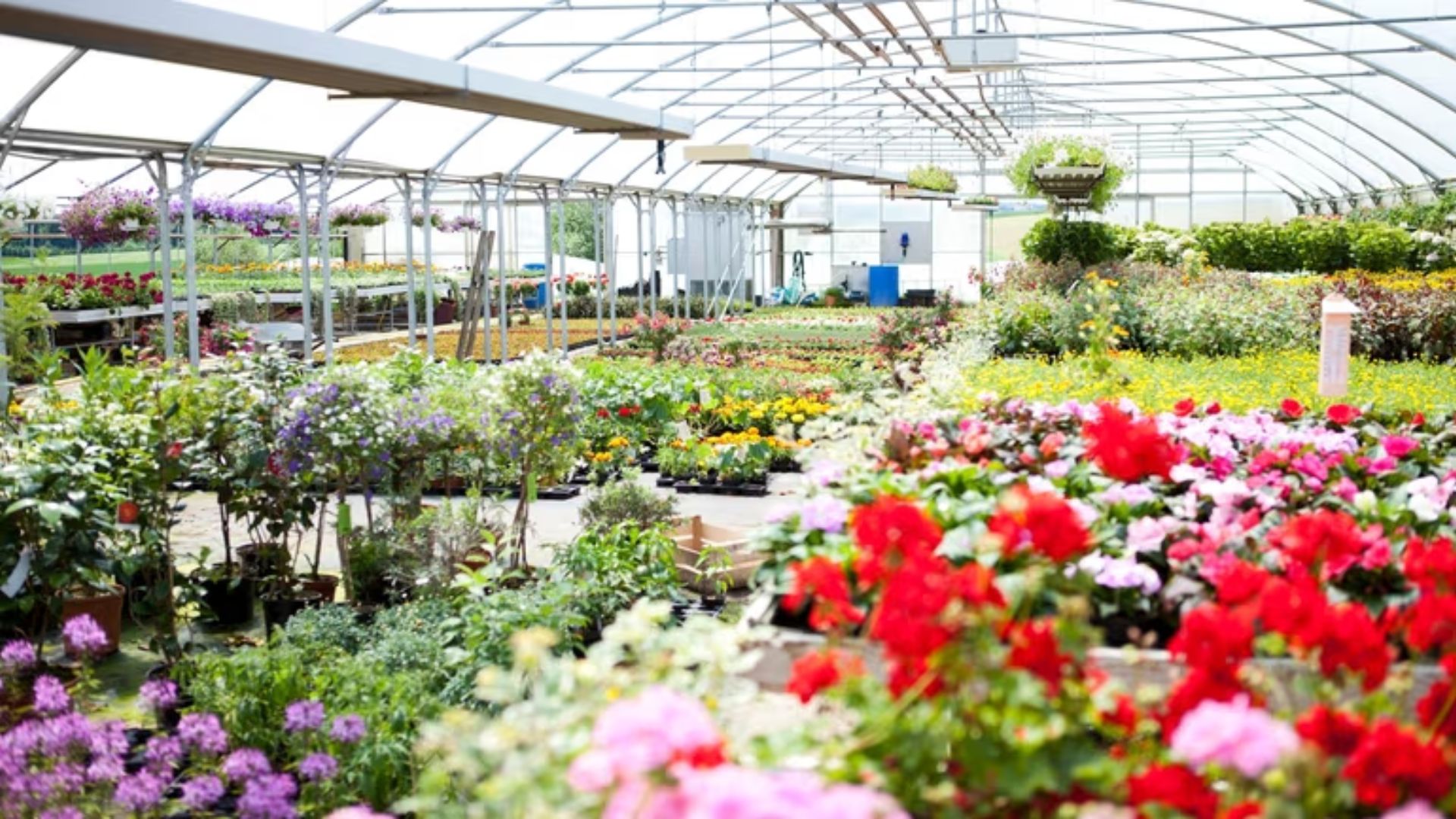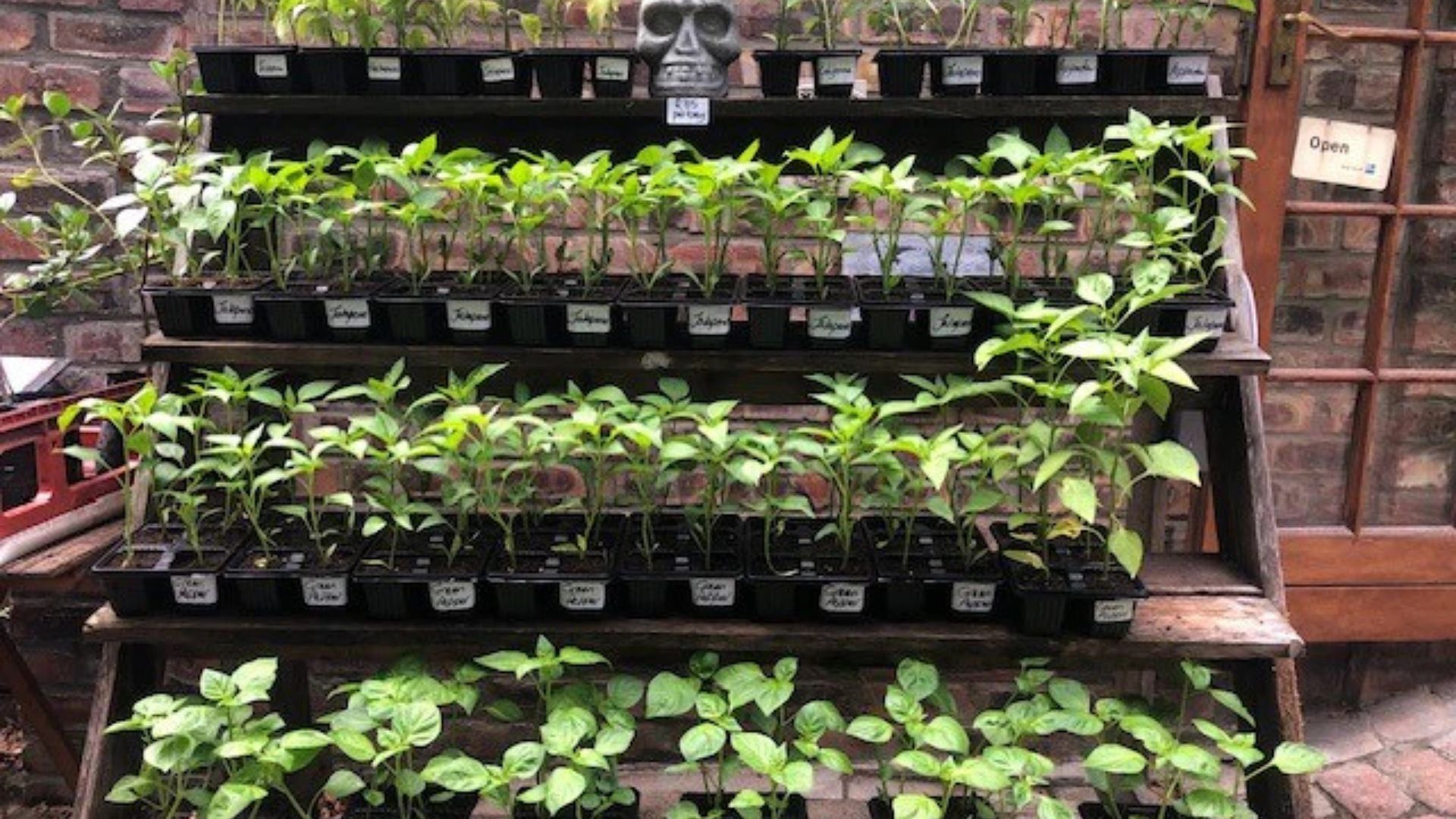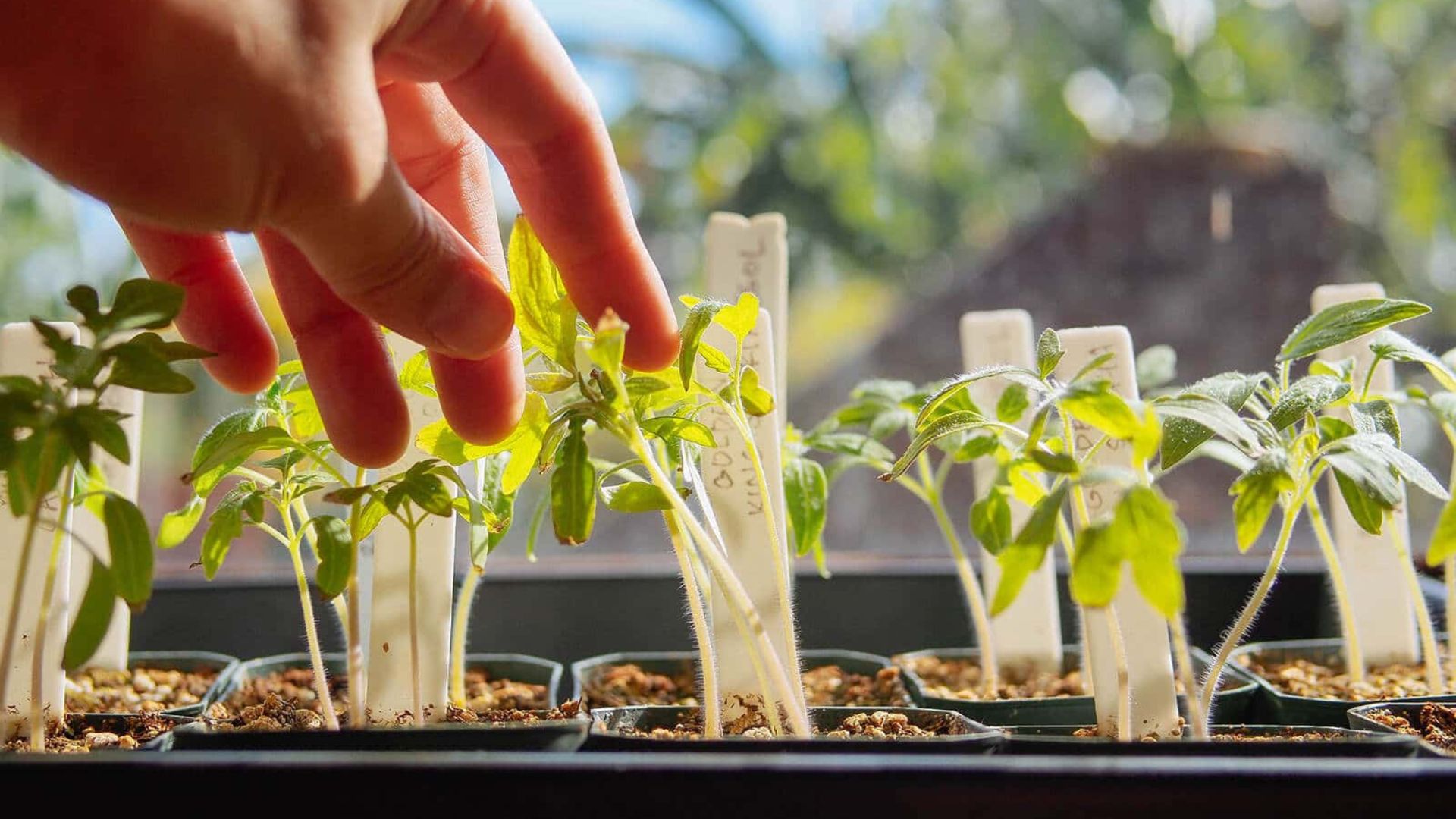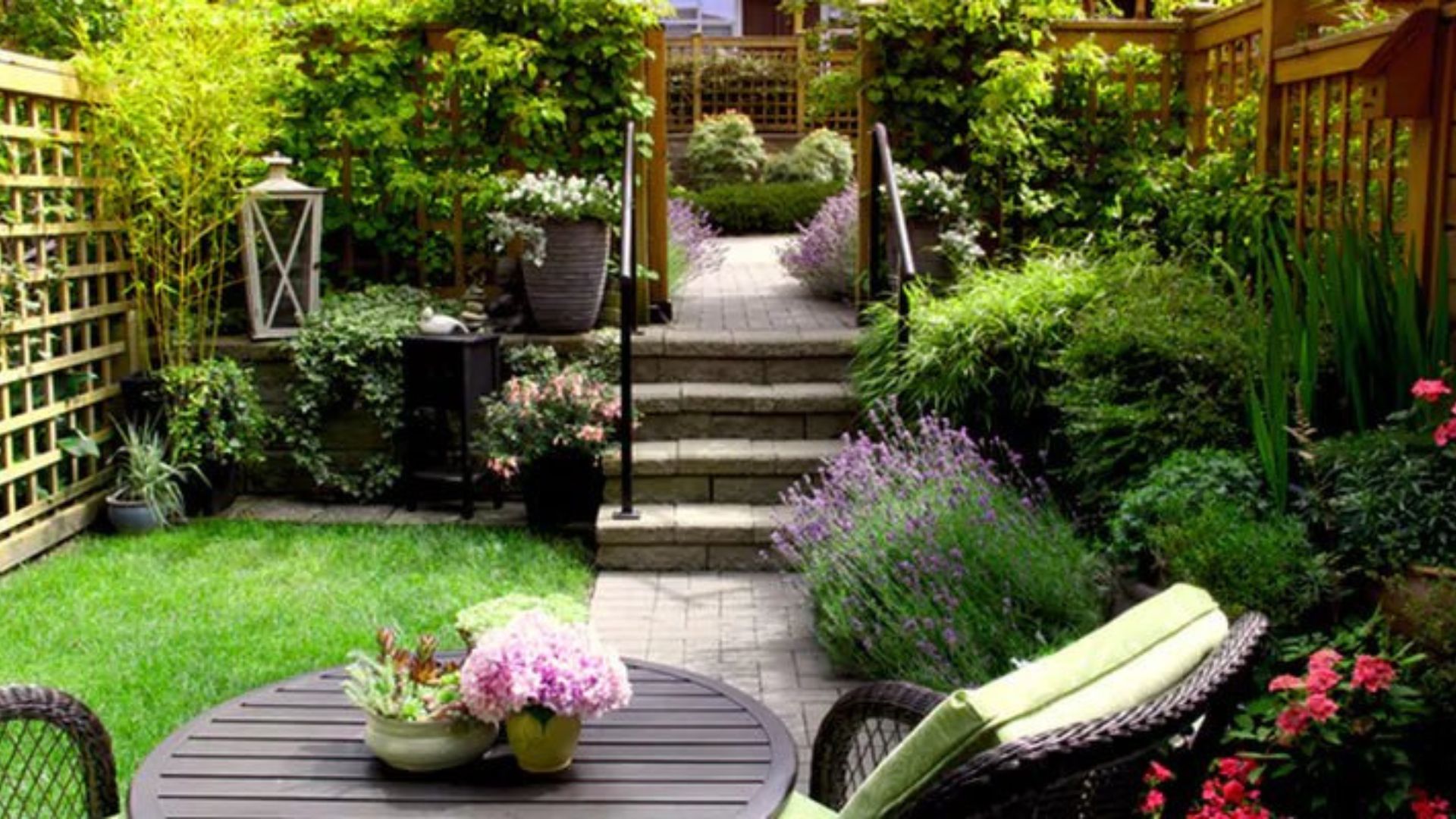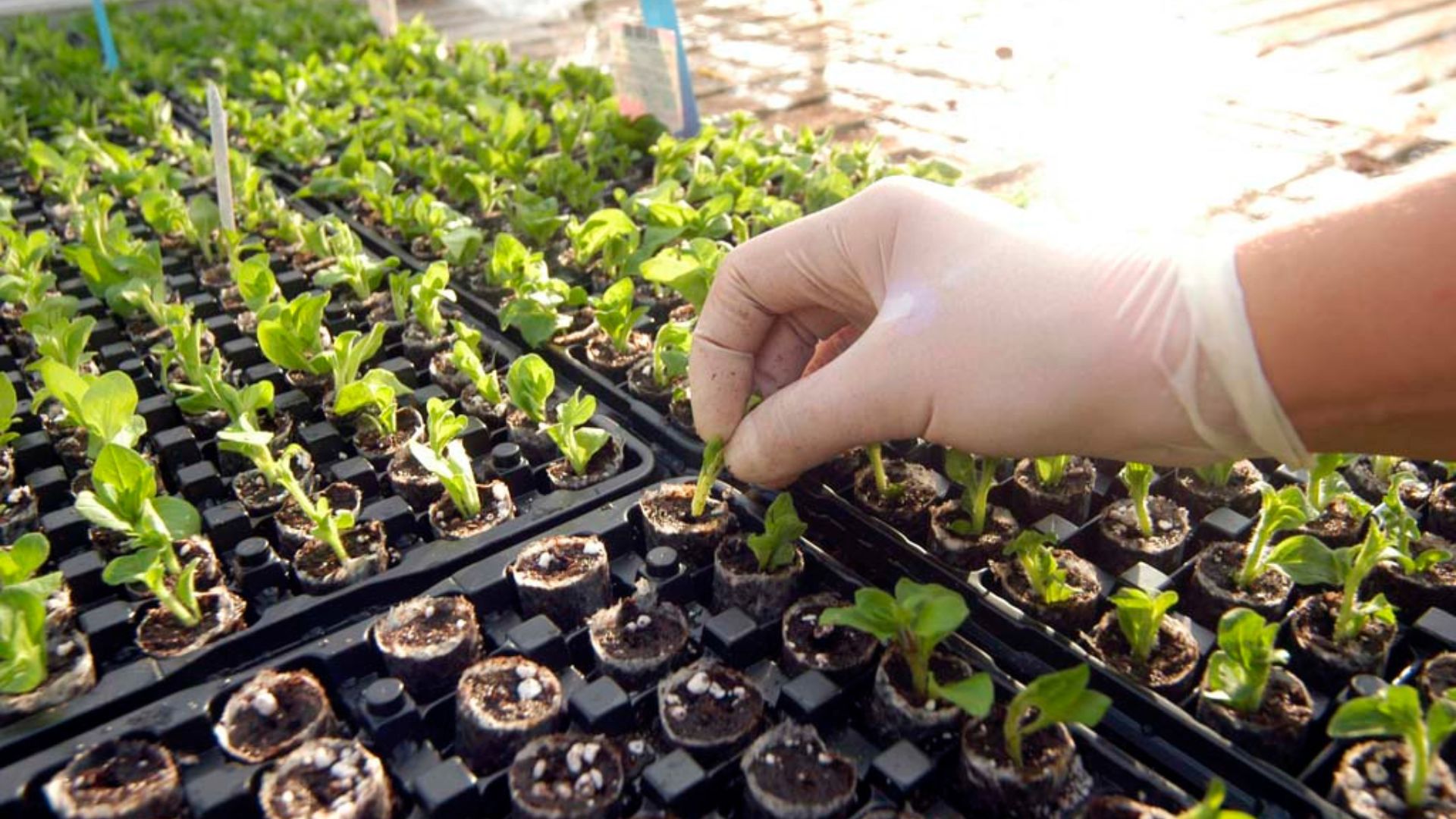Buying plants from a nursery can be an exciting part of gardening, but it’s important to choose your plants wisely. Whether you’re a beginner or an experienced gardener, knowing what to look for can save you time, money, and frustration later on.
While a plant may look lush and healthy on the surface, appearances can be deceiving. To ensure you’re bringing home strong, healthy plants that will thrive in your garden, follow these tips and guidelines.
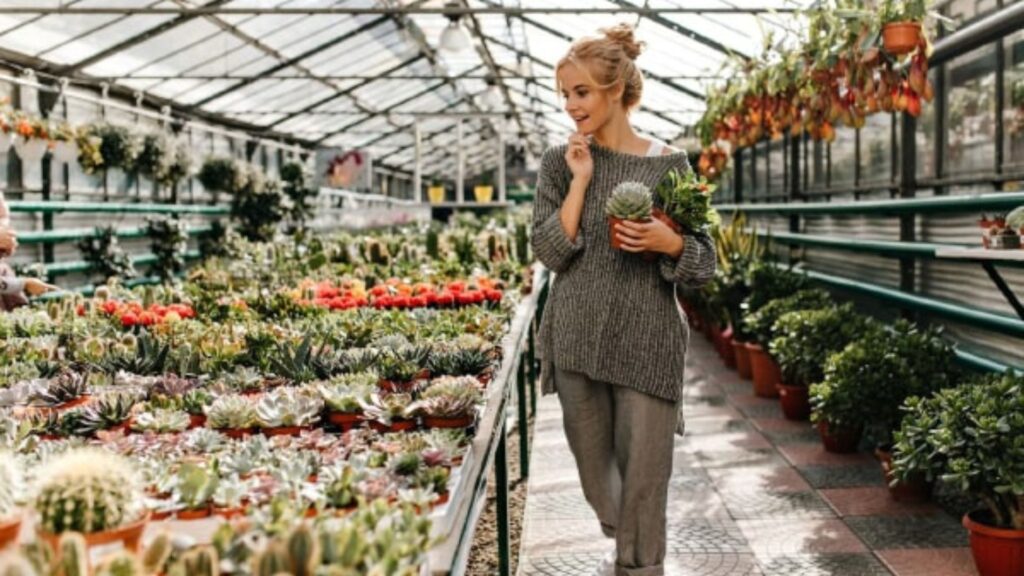
Check Overall Plant Health First
Before anything else, take a step back and observe the plant as a whole.
Look for:
-
Vibrant, even color – Healthy plants have rich green leaves (unless it’s a naturally variegated variety).
-
No signs of wilting or drooping – Unless the plant was recently watered and is recovering, wilting may suggest root issues.
-
A full, bushy shape – Plants that look sparse or leggy may not be getting enough light or may be stressed.
🟡 Avoid plants with yellowing, browning, or spotted leaves. These can be signs of disease or nutrient deficiency.
Inspect Leaves and Stems Closely
After a general look, inspect the leaves and stems more carefully.
Watch out for:
-
Sticky residue or webbing – These may indicate pests like aphids or spider mites.
-
Tiny holes, bite marks, or curled leaves – These can be signs of insect damage.
-
Broken stems or signs of rot – Soft, dark stems are a red flag for fungal diseases.
🐞 Also check the undersides of leaves—many pests hide there, out of plain sight.
Examine the Roots (If Possible)
Healthy roots are key to a thriving plant. If the nursery allows it, gently lift the plant out of its pot to check the root system.
What to look for:
-
White or light tan roots – These are healthy.
-
Roots that hold soil together without circling the pot – That shows balanced growth.
Avoid:
-
Black, mushy, or smelly roots – These indicate root rot.
-
Severely root-bound plants – If roots are circling tightly and escaping the bottom of the pot, the plant may be stressed.
Look for New Growth (But Not Too Much)
A good plant should be actively growing, which means new buds, leaves, or stems.
However, avoid plants that are too tall or leggy, especially if grown indoors. This often happens when plants stretch toward light and become weak.
🌱 A compact, sturdy plant with signs of recent growth is usually a healthier choice than a taller, spindly one.
Don’t Be Fooled by Flowers
Although it’s tempting to buy plants already in full bloom, they may not establish as well after transplanting.
Instead:
-
Choose plants with healthy foliage and visible buds, which are just about to bloom.
-
This ensures you get to enjoy the full flowering cycle once planted at home.
🌸 For flowering plants, buying before peak bloom often leads to better results in your garden.
Check the Soil Condition
Healthy soil is just as important as the plant itself.
Make sure the soil:
-
Is not overly dry or soggy
-
Smells fresh, not sour
-
Drains well and feels light
💡 Constantly wet or compacted soil can lead to root rot or poor aeration.
Avoid Overcrowded Pots
Some nurseries may pack several seedlings into one pot to save space. While this looks full and lush, it often means the plants will compete for nutrients and space, leading to weaker growth over time.
If a pot contains multiple plants:
-
Choose one where each seedling has room to grow.
-
Or plan to divide them soon after purchase.
Ask About Growing Conditions
Even if the plant looks perfect, it’s important to know whether it’s right for your garden.
Ask these questions:
-
Is it a sun or shade plant?
-
How often does it need watering?
-
Is it perennial or annual?
-
Does it grow well in your local climate or soil type?
🧑🌾 A good nursery will happily answer these questions and help you choose plants suited to your specific conditions.
Choose Native or Adapted Species When Possible
Native plants are usually:
-
Better suited to your soil and climate
-
More resistant to local pests and diseases
-
Less likely to need fertilizers or pesticides
If native plants aren’t available, look for well-adapted non-invasive species instead.
Check Labels and Tags
Lastly, don’t overlook the label or tag—it often contains valuable information about:
-
Light needs
-
Mature size
-
Blooming season
-
Watering and spacing instructions
Take a photo of the tag if you don’t want to keep it—especially helpful for remembering how to care for the plant later.
Conclusion
Choosing the right plants at the nursery is about more than just appearances. By checking leaf health, root condition, soil, and signs of pests, you’ll bring home plants that are more likely to thrive.
Additionally, by selecting plants suited to your garden’s specific needs—and getting advice from a trusted nursery—you’ll avoid disappointment and enjoy a more successful gardening experience.
Next time you visit a nursery, take a few extra minutes to inspect your plant before heading to the checkout. Healthy plants at the start mean fewer problems and more beauty down the line.






